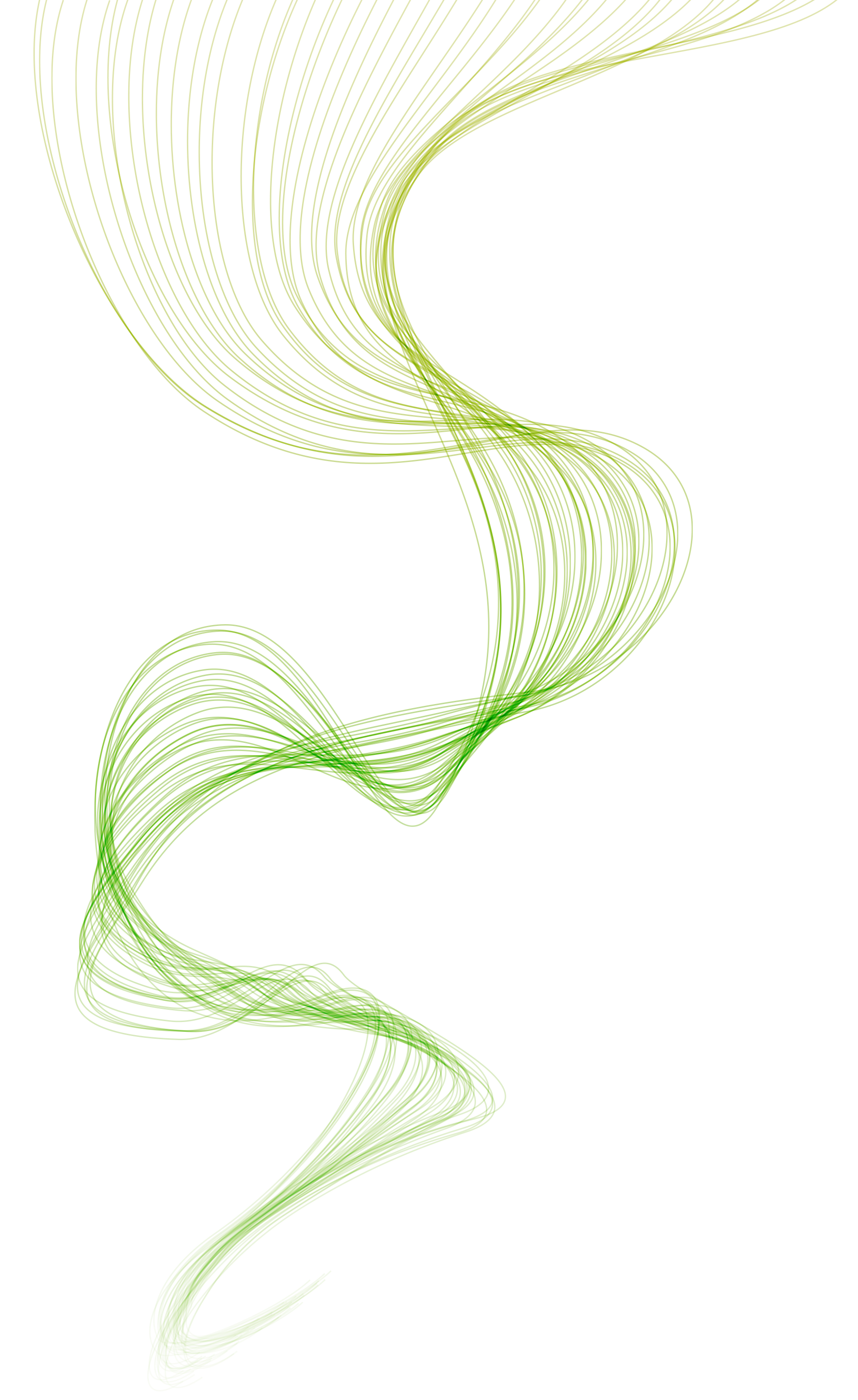Cardiac electrophysiology has proven valuable in the diagnosis and treatment of heart conditions that affect the heart muscle’s electrical activity. Over the years, electrophysiological procedures have developed concurrently with advances in imaging techniques that are used for the planning, guidance, and monitoring of procedures.
In this article, we will define cardiac electrophysiology and examine the procedures and imaging techniques of this field of study.
What is cardiac electrophysiology?
Cardiac electrophysiology (EP) involves several tests to examine the electrical activity of the heart. In an EP study, a map is produced that displays the movement of impulses (signals produced by the heart’s electrical system). These impulses control the rhythm of the heartbeat. EP studies can help to identify the cause of arrhythmias, and can also be used for the prediction of sudden cardiac death risk.
People of all ages can benefit from EP studies for the diagnosis and treatment of congenital heart conditions. However, cardiac electrophysiology has proven especially useful in treating older people. Radiological imaging modalities used in cardiac electrophysiology include modalities such as:
Electrophysiology techniques
There are several electrophysiological techniques used in EP studies. These include:
- Electrocardiogram (EKG) – an electrocardiogram, also known as an EKG or ECG, records electrical signals in the heart. It is used to detect heart problems and monitor heart health.
- Electroencephalogram (EEG) – this is a test that records brain activity. Electrical signals that the brain produces are picked up by small sensors attached to the scalp. The signals are recorded and looked at by a clinical neurophysiologist.
- Single- and multiunit extracellular recording – this electrophysiology technique inserts electrodes into living tissue to enable the measurement of electrical activity in the surrounding cells.
- Multielectrode arrays (MEA) – this technique can capture the activity across an entire cell population, providing detection of activity patterns that traditional assays like patch-clamp electrophysiology can’t offer. MEA is used to measure electrical activity in cardiac and neural cells.
- Impedance measurements – for the estimation of body composition, involving the sending of a weak electric current through the body and the measurement of voltage to calculate the body’s resistance (impedance). Typically used to measure muscle mass and body fat.
Imaging techniques in cardiac electrophysiology
Accurate, real-time cardiac imaging is essential to today’s cardiac electrophysiology procedures involving transvenous device implantation and catheter-based arrhythmia ablation. Using fluoroscopy, 2D imaging of cardiac structures can be seen in real-time, and leads and catheters can be placed accurately. However, visualization of soft tissues structures is not possible with 2D imaging. Intracardiac echocardiography does allow for direct visualization of anatomical heart structures and real-time imaging for catheter placement, but cannot provide the electrical mapping of the heart.
Advanced mapping systems are being increasingly used for real-time catheter localization, the elucidation of cardiac anatomy, and the evaluation of electrical activation in arrhythmias. Mapping systems can now be merged with 3D cardiac CT images to create accurate an accurate anatomic and electrical map for catheter ablation guidance.
Electrocardiographic imaging
Electrophysiology imaging combines with 3D cardiac computed tomography (CT), MRI, and other imaging modalities to provide accurate anatomical and electrical maps of the heart.
It is now accepted that both the anatomic structure and the ultrastructure of the heart are key factors in arrhythmogenesis. This has furthered the integration of imaging modalities within electrophysiology, with an increasing number of electrophysiologists using imaging data to assist them in EP studies.
The 3-dimensional (3D) electroanatomical mapping systems that are being used for ablation procedures in complex arrhythmias utilize accurate representation of a sensor-equipped catheter tip. An electroanatomical mapping system with multiple imaging modalities allows the integration of CMR, CT, and echocardiographic imaging data into electroanatomical mapping systems for ablation.
Cardiac electrophysiology under MRI guidance is an emerging technology. The technique provides superior arrhythmia substrate assessment, with enhanced procedural guidance and real-time ablation lesion formation assessment. It is thought that further advances in CMR are necessary before this guidance modality attracts mainstream adoption. Nevertheless, a recent paper published by the new American Heart Association and the American College of Cardiology outlines guidelines for the evaluation and diagnosis of chest pain. This document advocates imaging modalities, such as CMR and CT scans, as the forefront approach to diagnosing chest pain.
ADAS 3D: Fibrosis Imaging for the EP Lab
ADAS 3D allows non-invasive pre-procedural planning for electrophysiologists. This advanced cardiac imaging solution - part of the cvi42 multi-modality imaging software solution from Circle CVI – incorporates non-invasive MR/CT imaging to quantify LV/LA fibrosis and LV wall thickness and display surrounding anatomical structures.
Using ADAS 3D, electrophysiologists can visualize the LA or LV in 3D, view other adjacent structures, help to decide the approach before the procedure, and export ADAS 3D images to electroanatomical maps.
Discover a new level of diagnostic accuracy with cvi42, and give your clinic the advantages of automatic quantification, user independence, and the latest AI technology. Try cvi42 now for 42 days.
Sources:
https://pubmed.ncbi.nlm.nih.gov/16375629/
https://www.sciencedirect.com/science/article/pii/S1936878X16302406
https://www.aerjournal.com/articles/cardiac-electrophysiology-under-mri-guidance-emerging-technology
